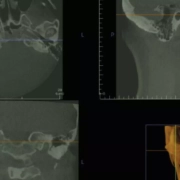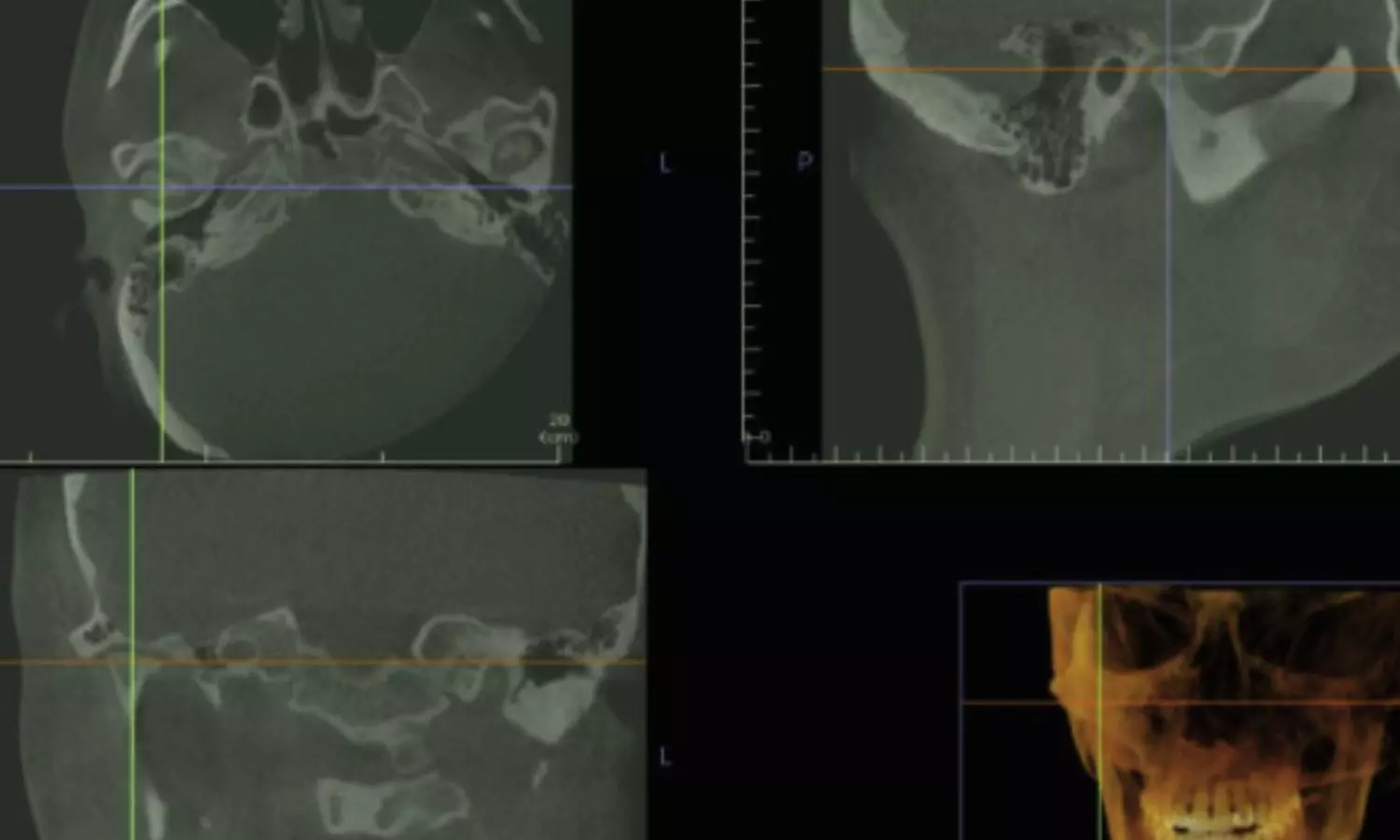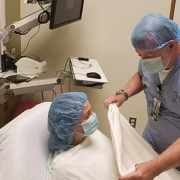
University of New Mexico researchers have found that even low to moderate alcohol use by pregnant patients may contribute to subtle changes in their babies’ prenatal development, including lower birth length and a shorter duration of gestation.
In a new paper published in the journal Alcohol Clinical & Experimental Research, a team led by Ludmila Bakhireva, MD, PhD, MPH, professor and assistant dean for Clinical and Translational Research in the UNM College of Pharmacy, also reported some sex-related differences in the effects of drinking during pregnancy on the developing baby.
“In exploratory analyses, the effect on gestational age was more pronounced in male infants, and for birth length it actually was stronger in females,” Bakhireva said. She cautioned that these effects should be interpreted with caution because of the study’s limited statistical power to conduct sex-specific analyses and the challenges of accounting for other contributing factors.
The paper reported on three prospective studies conducted at UNM over the course of 10 years that followed 281 participants, most of whom were recruited in the second trimester of their pregnancies and then followed, along with their children, for some time afterward, she said.
There is a good deal of research on the prenatal effects of heavy alcohol use, usually defined as 14 drinks per week, or binge drinking, defined as four drinks or more per occasion, Bakhireva said.
“We know quite a bit from these earlier studies of heavy alcohol use about the effect on prenatal outcomes, especially preterm delivery and growth restriction, as well as neurodevelopmental outcomes, but we specifically focused on more moderate alcohol exposure because it’s much more prevalent,” she said.
Early pregnancy is a critical period for the formation of organs in the developing fetus, making it a particularly vulnerable window for alcohol exposure, Bakhireva said.
“Almost everybody drinks before they know they are pregnant, and risky drinking before pregnancy is predictive of drinking later on,” she said. “That’s a unique aspect of the study. We carefully looked at the patterns of drinking around conception and early pregnancy.”
Most of the participants substantially reduced their drinking or stopped altogether once they learned they were pregnant, Bakhireva said. Even with reduced alcohol there were some deficits seen in both male and female infants, however.
She emphasizes that larger studies that combine samples across the country are needed to replicate the findings and examine sex-specific effects further.
Bakhireva is the principal investigator of the HEALthy Brain and Child Development study at UNM, part of a national initiative that will recruit 7,500 parent-child pairs and follow them for up to 10 years. “With that type of multi-site study, we’ll have sufficient power to look at the effects of different patterns and timing of alcohol use in even a more nuanced way,” she said.
The paper underscores messaging from the National Institute of Alcohol Abuse and Alcoholism-that no amount of drinking during pregnancy is safe, she said.
“I think this study, as well as prior preclinical studies, show that even moderate alcohol use might have negative effects. The degree of negative effects might vary, and it is important to address alcohol use without the stigma often associated with it, but overall, if we try to encourage abstinence from alcohol during pregnancy, we will maximize positive health and developmental outcomes for the children.”
Reference:
Ludmila N. Bakhireva, Xingya Ma, Alexandria Wiesel, Fiona E. Wohrer, Jared DiDomenico, Sandra W. Jacobson, Melissa H. Roberts, Dose–response effect of prenatal alcohol exposure on perinatal outcomes, Alcohol Clinical and Experimental Research, https://doi.org/10.1111/acer.15284.




















